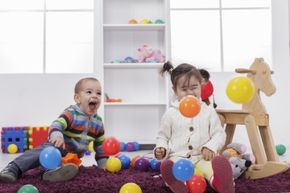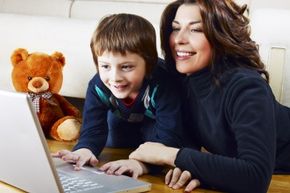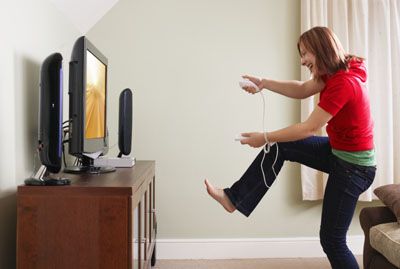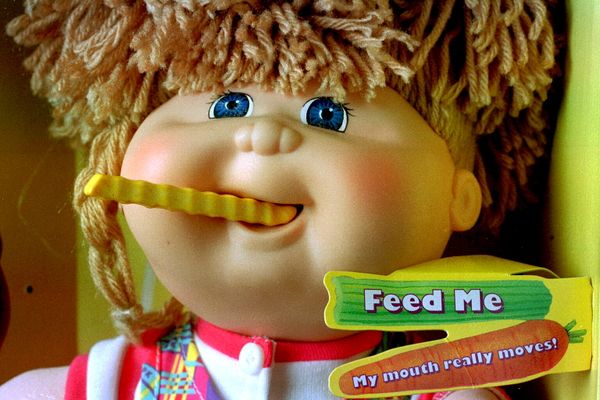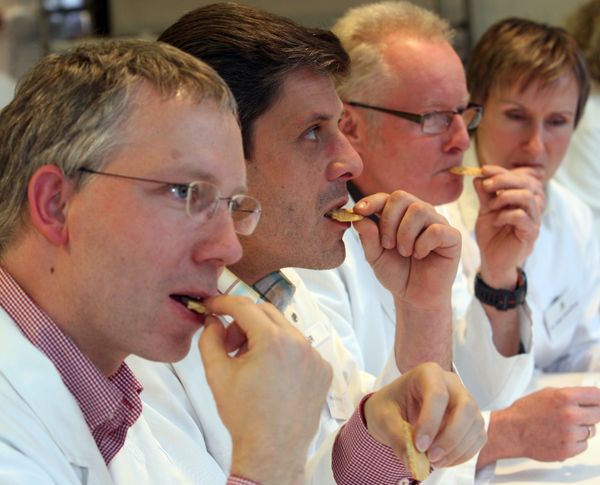A young woman leads Riley, her 15-month-old son, into a room packed to the rafters with multi-colored toys. Riley gets down to business immediately, pounding a xylophone, testing out a tricycle, herding a fleet of trucks and excavators, and constructing and destroying towers of blocks.
But this is no ordinary playtime; it's an audition. A toy company is looking for testers, and they've put out an open call. While the boy plays, toy experts scrutinize and record his every move. Thousands of other toddlers will enact the same scenario, but only six will be selected based on how well and how much they play. When all is said and done, Riley, a focused, tireless toy-enthusiast, dominates the field and gets the job.
Advertisement
Fast forward a few months, and the doorbell rings at Riley's house — it's a special delivery of two packages. Within minutes, the boy, now a professional toy-tester, is gunning a brand new three-wheeler down the hallway with his mother in hot pursuit, video camera in hand. It's just another day at the office for this hard-working toddler [source: Greenwell].
It's nice work if you can get it, but toy companies rarely advertise these jobs for fear of being overwhelmed with preschool resumes. To get started on a toy-testing career, kids need mothers and fathers who will doggedly pursue any opportunities they can find. It comes as no surprise that, these days, social media plays an important role in the process.
And, of course, Riley's job is only one kind of toy testing. His gig is really a form of market research designed to help toy companies fine-tune their products to meet consumer expectations. But before a toy ever gets into the hands of the Rileys of the world, grown-ups in lab coats must first hammer, crush, dismember and ignite it in a series of stringent safety tests. Now there's a dream job!
